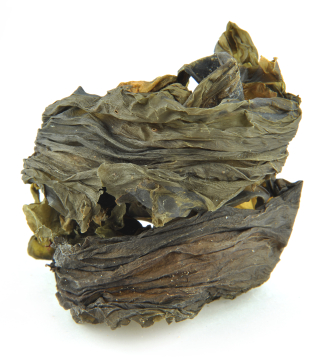Combating Anemia? Sources of Iron-rich Foods for Anemia
Why consume foods for anemia?
When you want to avoid iron-deficient anemia, your best bet is iron-rich foods.
The challenge is that we absorb only between 5% and 35% of iron from food and supplements. Iron from animal foods (heme iron) is better absorbed than iron from plant foods (non-heme iron). Most supplements are the non-heme kind.
When it comes to food for anemia as well as supplements, the aim of the game is absorption.
Maximizing Iron Absorption from Anemia Foods
To maximize iron absorption, ensure the following when consuming foods for anemia as well as iron supplements:
- Consume Vitamin C foods or supplements along with iron rich foods. Vitamin C improves iron absorption.
- Avoid antacids or anything that contributes to reduced stomach acid. You need adequate stomach acid to absorb iron from food and supplements.
- Reduce phytates contained in legumes and grains like beans, lentils and oaks by pre-soaking and cooking well. Phytates diminish iron absorption.
- Be cautious about consuming too many tannins like those contained in teas. They decrease iron absorption.
- Calcium reduces iron absorption so consume calcium supplements and high calcium rich foods separately from your iron rich fare.
List of Foods for Anemia
With the above in mind below is a list of foods for anemia.
For more about how much iron you’ll need per day, as well as more tips on how to absorb it and much more, press on Anemia Diet Basics.
|
Anemia Diet - Iron Rich Foods* Milligrams (Mg) per 3.5 oz/100g**
**Remember that animal sources (heme iron) is better absorbed than plant sources of iron (non-heme iron). To increase absorption of plant based iron, consume with Vitamin C rich food.
|
Remember that foods fortified with iron can be a great way to prevent anemia. A serving of iron fortified breakfast cereal can meet your entire iron needs for the day. Check labels as amounts differ.
For more on Anemia Foods and related topics…
Press here for more about anemia diets including tips on consuming iron-rich foods and supplements.
Press here for more about folic acid foods for anemia.
Press
here for more on the benefits of folic acid and how deficiency can cauase anemia.
Press here for more on the benefits of multi-vitamins.
Press on Healthy Diet Blog for timely news about health and nutrition.
Press her for Healthy Diet Home.






